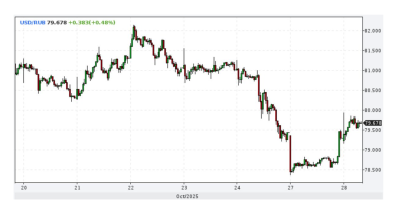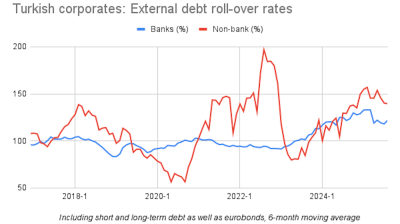Polish CPI grew 2.7% y/y in January, the annual growth rate adding 0.3pp versus the annual reading in the preceding month, the statistical office GUS said in a preliminary estimate on February 15.
The January reading is routinely based on the previous year’s CPI weights and therefore only broken down by the three main price segments. Still, says, Bank Millennium, “based on available data, the [rise in] inflation is … the effect of a slightly faster than expected rise in prices of food and housing.”
Prices grew 1.3% y/y in the food, non-alcoholic and alcoholic drinks, and tobacco products category, GUS data show. Housing prices expanded 6.4% y/y, while transport saw a price decline of 3.7% in annual terms.
The January increase in the CPI “shifts the annual inflation path up and the headline CPI will likely remain above the central bank’s target throughout the year. We revise our full-year 2021 inflation forecast up to 3%,” Erste said in a comment.
Other analysts offer a shorter forecast horizon but still predict elevated price growth. “It is likely that CPI will temporarily breach the NBP target band in Q2, rising above 3.5% y/y. Later in the year we expect some easing,” Raiffeisen Bank wrote.
That should not affect Poland’s currently super-accommodative monetary policy, which has interest rates at just 0.1% in order to help economic recovery after the COVID-19 (coronavirus) pandemic.
“Despite increased inflationary pressure that will persist also this year, we do not expect any changes in monetary policy outlook. We see rates remaining stable until the end of 2022, as the NBP will continue to support economic recovery,” Erste said.
In monthly terms, CPI expanded 1.2% in January, a major pick-up after expanding just 0.1% on the month in December. That is due to growth in some administered prices – such as waste disposal - and introduction of a power fee that pushed electricity prices up.
The January data will be revised in March based on new CPI weights.
Data

Ruble strengthens as sanctioned oil companies repatriate cash
The Russian ruble strengthened after the Trump administration imposed oil sanctions on Russia’s leading oil companies, extending a rally that began after the Biden administration imposed oil sanctions on Russia in January.

Russia's central bank cuts rates by 50bp to 16.5%
The Central Bank of Russia (CBR) cut rates by 50bp on October 24 to 16.5% in an effort to boost flagging growth despite fears of a revival of inflationary pressure due to an upcoming two percentage point hike in the planned VAT rates.

Ukraine's trade deficit doubles to $42bn putting new pressure on an already strained economy
Ukraine’s trade deficit has doubled to $42bn as exports fall and imports balloon. The balance of payments deficit is starting to turn into a serious problem that could undermine the country’s macroeconomic stability.

BYD surpasses Tesla to become EV market leader – Statista
While Chinese manufacturer BYD already pulled ahead of Tesla in production volume last year, with 1,777,965 battery electric vehicles (BEV) produced in 2024 (4,500 more than Tesla), the American manufacturer remained ahead in sales.


